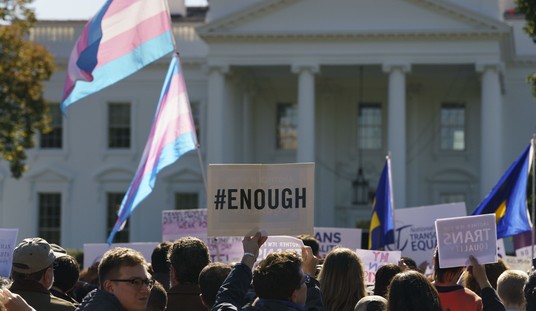Education is the great equalizer. Yet, while President Obama was talking earlier this month about how minority and underprivileged Americans need a “decent education,” his Department of Education (ED) was pushing more onerous regulations that would have the opposite effect. ED is finalizing the administration’s second attempt at passing “gainful employment” standards that place restrictions on institutions that can receive government funding for its students.
In short, the new rules would require programs that receive government funding to students graduate with less than a 12 percent debt-to-income ratio or a debt-to-discretionary-income ratio of less than 30 percent.
This is another example of the administration’s attempt to constantly pick winners and losers – and dictate via government funding how private organizations should operate. But this is more than government bureaucrats meddling with business; these rules potentially impact the futures of thousands of individuals who are trying to make their lives better.
Take President Obama for example. He graduated from one of the most prestigious law schools in the country – Harvard Law. Doing so, he incurred a debt in excess of $42,000 on tuition of less than $14,000. Since the early 1990s, tuition has increased by 320 percent. Adjusting the President’s debt by the same proportion, his debt would balloon to upwards of $134,000.
The median salary coming out of Harvard Law now: roughly $130,000. That means that the President’s own law program – and one of the premiere programs in the country – would have failed ED’s regulations. But still no red flags for ED or the regulation-heavy Obama Administration.
Recommended
A study conducted by the Department of Education should have set off more red flags. In that study that looked at college graduates in 2009, a greater proportion of programs at private non-profit institutions would fail the 12 percent threshold than those at for-profit colleges – 39 percent of private graduates faced excessive loan repayments vs. 35 percent of for-profit graduates. And, lest you think public colleges are immune, a full 26 percent of public graduates would face loan payments in excess of 12 percent of income.
What happens to the college system when so many programs – as many as a million – no longer exist? Particularly since a large proportion of the students impacted are from low-income and minority groups?
That potential even has liberal Congressmen concerned. In a letter this week, Congressman Alcee Hastings (D-FL) and 29 other Congressman inquired to the ED for its rationale. In particular, these liberal congressmen were concerned that “the Department’s proposed regulation […] would negatively impact millions of students nationwide.”
But the Congressmen aren’t alone. An Inside Higher Ed/Gallup poll of university presidents said that an overwhelming majority thought the ED’s college rating system was a bad idea. A full half said that the President’s plan would negatively impact their college.
So, if evidence and common sense, as well as those in Congress and the higher education community, tells you this will fail, why is ED pushing it?
Put simply, its symptomatic of the brand of liberalism that is seen everywhere from Mayor Bloomberg’s soda ban to Obama’s quest to kill coal power; the brand of liberalism where leaders tell constituents what is good for them, instead of trusting them to make informed decisions. And this iteration of that disease threatens to disenfranchise low-income and minority students, those who need opportunity the most.

























Join the conversation as a VIP Member